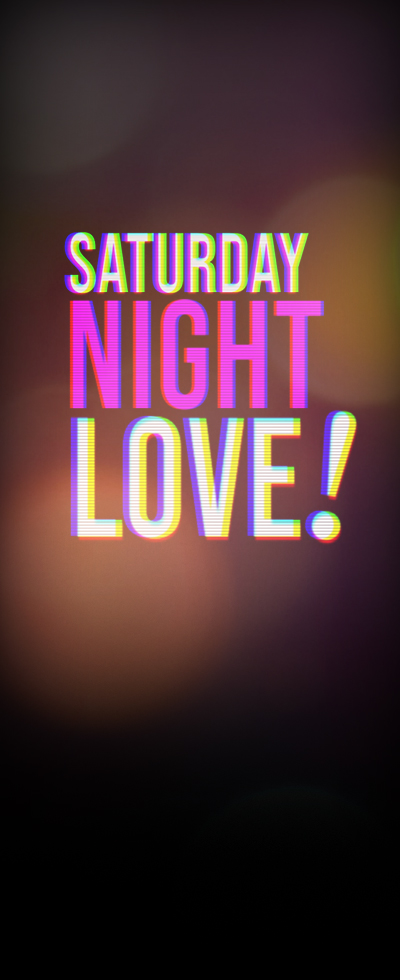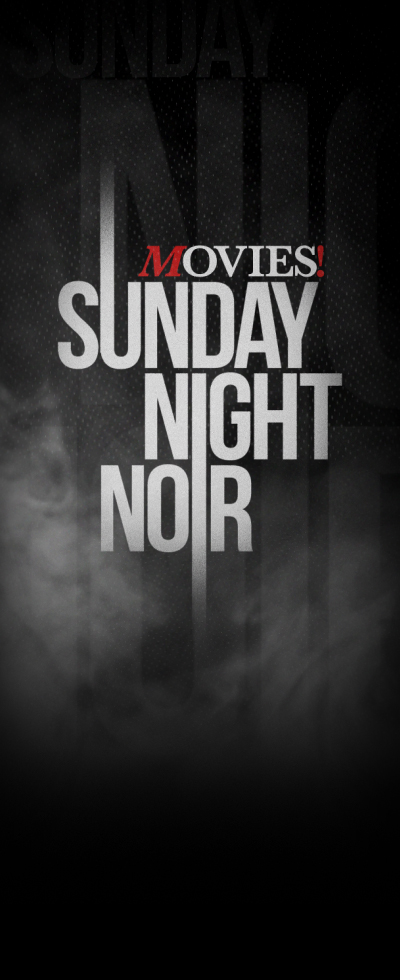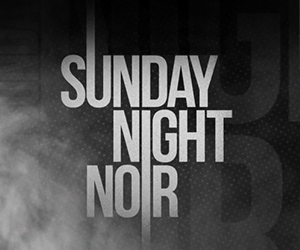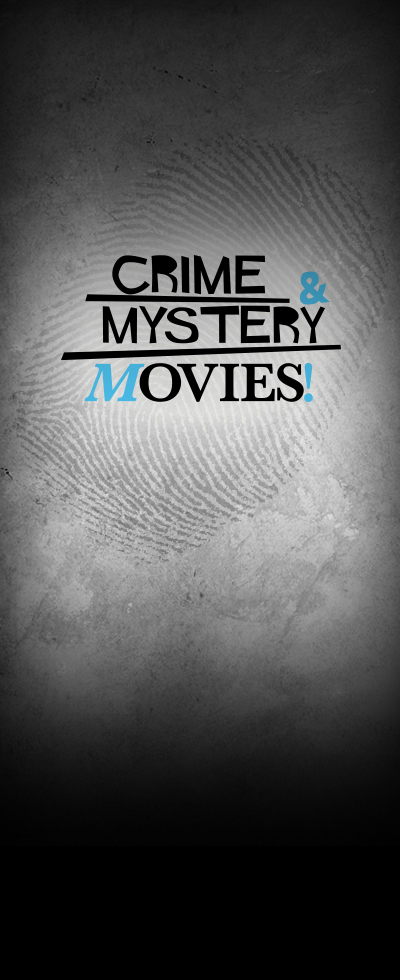Dracula’s death is always short-lived, and the poor guy kept coming back to life in the same time period only to get the same result. That is, until swinging London summoned the ghoul back to life in Hammer’s seventh flick, Dracula A.D. 1972.
1. The film was inspired by another contemporary.

After the success of Count Yorga, Vampire (1970), it was suggested that Hammer try making a contemporary vampire story as well. The working titles for their project were Dracula Today and Dracula—Chelsea 1971.
2. It was make or break without Christopher Lee.

Simply put, Hammer didn’t want to do the film without Lee, their first vampire. Fortunately for the film, Lee’s other projects didn’t pan out, and he accepted the role of Dracula for the sixth time. Lee said, “It’s been a considerable disadvantage to me in the past because some people think Dracula is the only role I play. People love to stick labels on you.”
3. It reunited Lee and Cushing.

Lee and Cushing made history together with Hammer in The Curse of Frankenstein and Horror of Dracula – which launched both of them into the spotlight. However, Lee’s Dracula and Cushing’s Van Helsing hadn’t reunited since the original, fourteen years earlier. That is, until this film. The friends loved collaborating and having fun together.
4. The movie almost had an appearance by Faces.

The British rock band Faces, with Rod Stewart on vocals, was originally supposed to appear in the movie, and two of their singles would have been included in the soundtrack. However, they were replaced by Stoneground, a band from San Francisco. Faces found success in 1971 with a best-selling album and a film of their own in 1973.
5. It’s a cult film.

While not initially received well, the film is a fun time capsule, and the filmography is on par with Hammer’s best. Even when the “mod” language doesn’t quite hit the mark, the style still has some bite. Lee said, “At first I honestly thought that the 70s setting wouldn’t work for Dracula, that he’s strictly a ‘period’ character. Then, I thought, the novel, written In 1897, was contemporary to its time, and that only in retrospect do we see the character as period.”
















